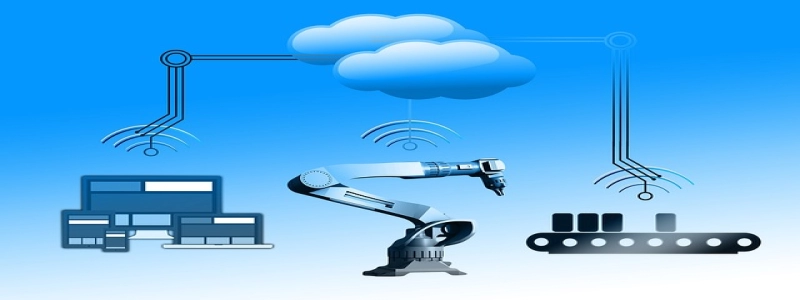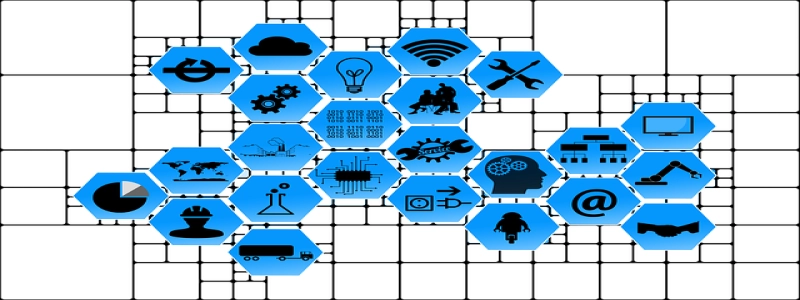[DWDM System]
Introduction:
DWDM stands for Dense Wavelength Division Multiplexing, which is a technology used in optical communication systems to increase the capacity of fiber optic cables. It allows multiple digital signals to be transmitted simultaneously on different wavelengths of light.
I. Principle of DWDM:
A. Wavelength Division Multiplexing:
1. Definition: Wavelength Division Multiplexing (WDM) is a technique that combines multiple optical signals onto a single optical fiber by using different wavelengths of light.
2. Advantages: WDM allows for increased data transmission capacity and efficient utilization of fiber optic cables.
B. Dense Wavelength Division Multiplexing:
1. Definition: Dense Wavelength Division Multiplexing (DWDM) is an advanced form of WDM that enables the transmission of a large number of signals on a single fiber by using very closely spaced wavelengths.
2. Operation: DWDM utilizes sophisticated optical equipment and multiplexers to combine and separate the signals at the transmitting and receiving ends.
II. Components of a DWDM System:
A. Transmitters:
1. Laser Diodes: Laser diodes generate optical signals at specific wavelengths that are used to transmit data.
2. Modulator: Modulators encode digital data onto the optical signals for transmission.
B. Multiplexers:
1. Mux/Demux: A multiplexer, also known as a Mux, combines multiple optical signals onto a single fiber. A demultiplexer, or Demux, separates the signals at the receiving end.
2. Dense Bank: A Dense Bank is a type of multiplexer that can handle a high number of wavelengths, typically up to 160.
C. Optical Amplifiers:
1. Erbium-Doped Fiber Amplifiers (EDFAs): EDFAs amplify the optical signals to compensate for signal loss during transmission.
2. Raman Amplifiers: Raman amplifiers can be used in conjunction with EDFAs to further enhance signal strength.
D. Receivers:
1. Photodetectors: Photodetectors convert the optical signals back into electrical signals for decoding.
2. Demodulator: A demodulator decodes the digital data from the received optical signals.
III. Advantages and Applications of DWDM:
A. Advantages:
1. Increased Capacity: DWDM allows for the transmission of multiple signals at different wavelengths, significantly increasing the capacity of fiber optic cables.
2. Cost Efficiency: DWDM reduces the need for additional fiber infrastructure, resulting in cost savings for network operators.
B. Applications:
1. Telecommunications: DWDM is extensively used in long-haul and metropolitan optical networks for high-capacity data transmission.
2. Data Centers: DWDM enables the consolidation and efficient utilization of data center resources by providing high-speed connectivity.
Conclusion:
DWDM systems play a crucial role in modern optical communication networks by allowing for the efficient transmission of large amounts of data over fiber optic cables. The technology’s ability to increase capacity and reduce costs makes it essential for meeting the ever-growing demand for high-speed data transmission.







